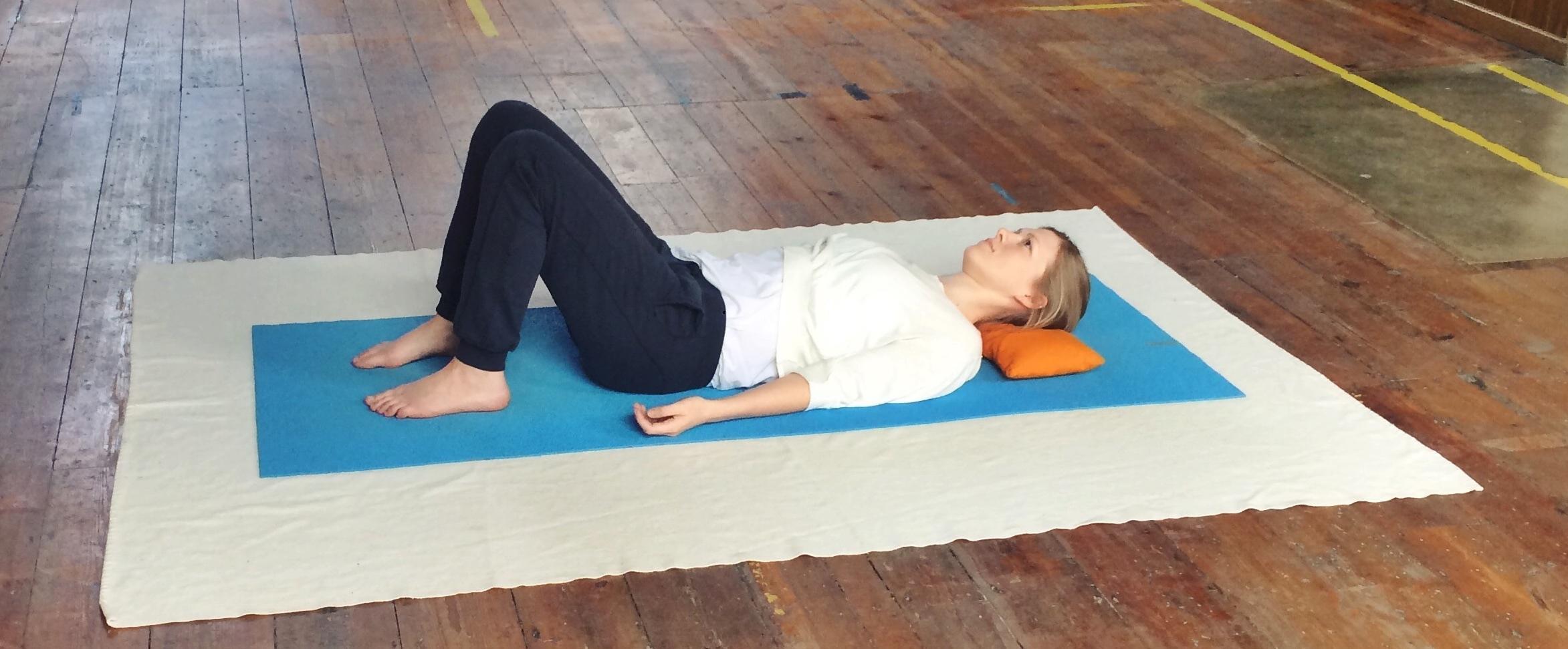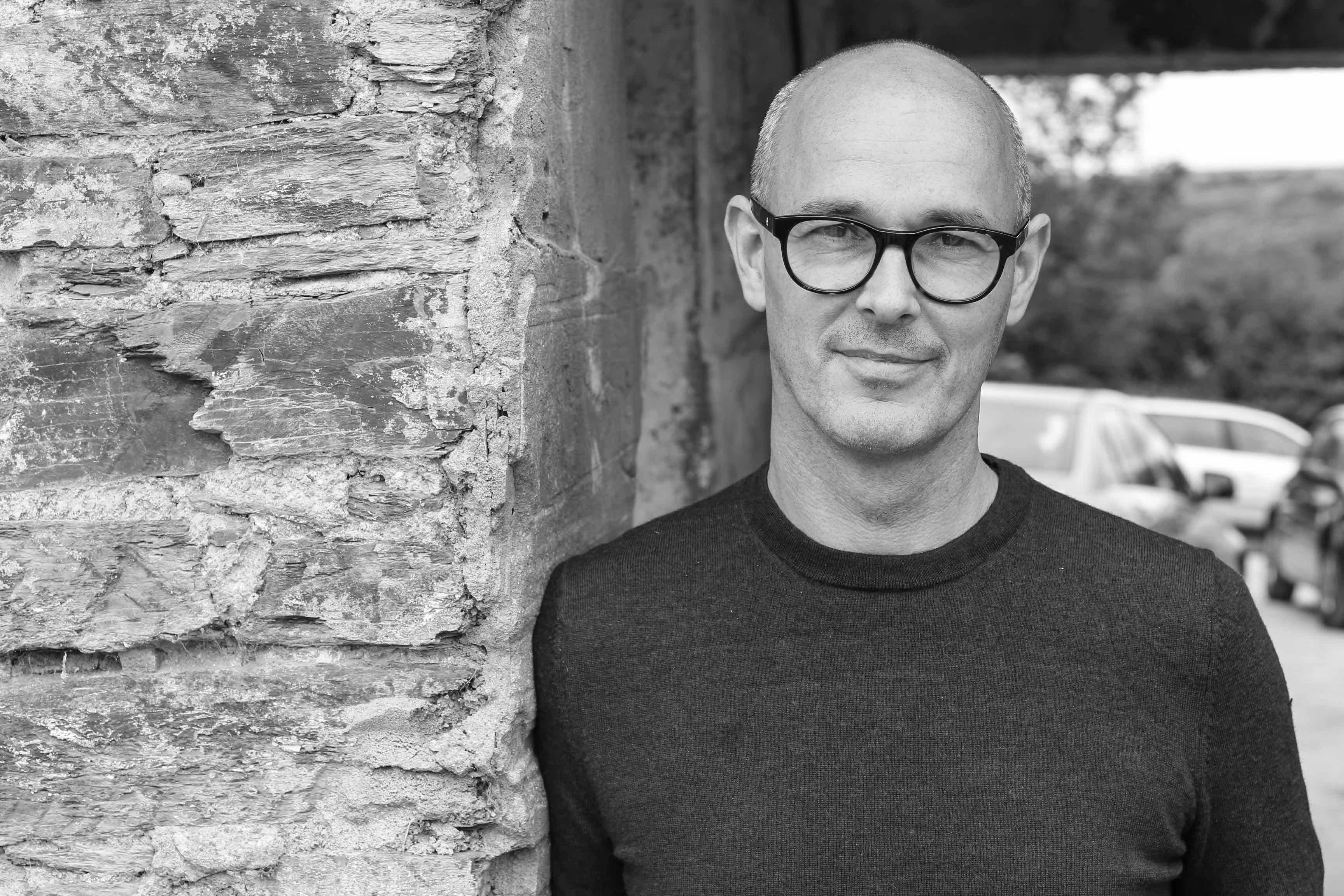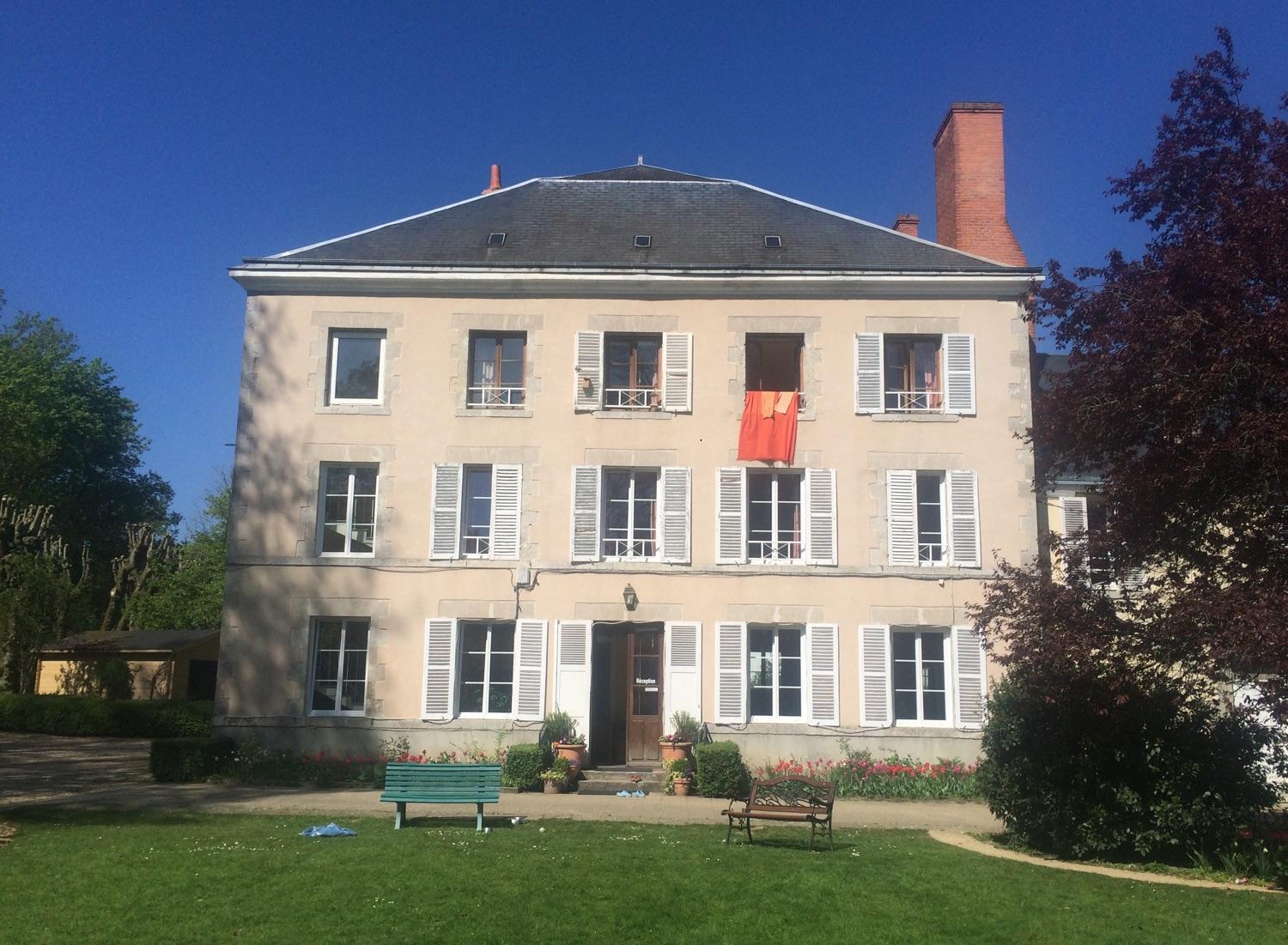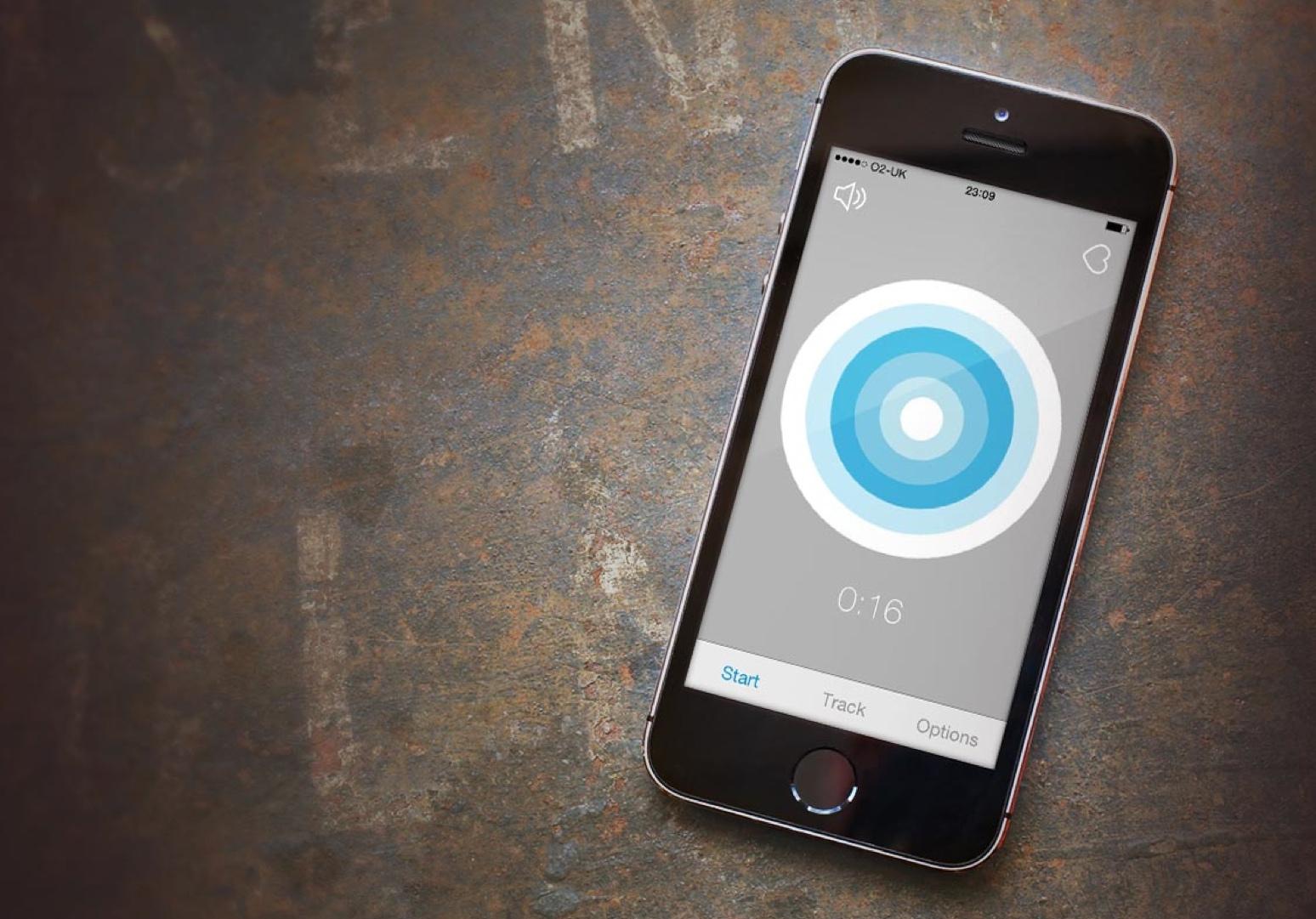Last summer I spent 2 weeks at the Sivananda Yoga Ashram in France on their Sadhana Intensive. The sanskrit word ‘sadhana’ refers to spiritual practice and the word ‘intensive’ refers to practising yoga for over 9 hours every day for 14 days. It was challenging on many levels and only serious students of yoga, following application forms and personal interviews were allowed to participate. Arriving at the stunning location of Chateau de Yoga near Orleans you could imagine you were going on a relaxing holiday in remote France.
Accommodation was either in the main house, in wooden lodges or for some (including me) in tents. As the course was based on the ancient teachings of the Hatha Yoga Pradipika – the root text of most modern schools of yoga – I wanted to keep my life as simple and basic as possible. Our food certainly was, two meals a day of kicheree with an early morning almond milk to prepare us for our days of sadhana.
These days the word ‘yoga’ has come to mean something else. Ask most people you know about ‘yoga’ and they will quickly envisage the physical exercises and the plethora of modern schools. Some, ‘in the know’ will discuss the relevant merits of power yoga, hot yoga, flow yoga, slow yoga, naked yoga (yes, if you can imagine it then somewhere in the world it’s happening), classical yoga … and that’s without mentioning the ‘brands’. Ashtanga Vinyasa, Iyengar, Bikram, Strala, Anusara (oops, maybe not that one anymore), Kundalini … and many, many more.
And yet in the Hatha Yoga Pradipika, and indeed most classical books on yoga, the physical exercises are covered in a few pages and not viewed with any particular importance other than as suitable preparation for a series of … breathing exercises known as ‘pranayama’. Each of our 3-hour practice sessions were repeated 3 times a day (traditionally it was 4 but we were given one off to ease us in). Approximately 45 minutes was taken at the beginning to run through a series of asanas (physical postures). After some sun salutations, some did their own thing, some followed the Sivananda 12 posture sequence. And then over 2 hours of controlled breathing exercises that grew in intensity over the 2-week period.

Why? You might well ask. Surely breathing is natural process – it just happens. Is there really any evidence that advanced controlled breathing exercises can make any lasting difference to our bodies or our minds? (Let me be clear I’m not a scientist who wants to convince you of the merits of breathing like this with scientific proof, although I might quote some who are!)
Traditional texts on yoga refer to breathing exercises as a means of controlling the flow of energy, or prana, in the body – a similar idea to the ‘chi’ of Chinese medicine and Tai Chi. The aim is to balance the flow of energy so we can reach our potential. For me, even if the esoteric nature of yoga is not for you, this simple idea of utilising our energy to reach our potential is a compelling one.
And, to be honest, it has changed my life. Prior to my first yoga class I got my highs from drugs and alcohol. And with over 20 years of sobriety behind me I can assure you that the high I get from breathing is better. My mind is calmer. I can relax more easily. I sleep better. I control my emotions more skillfully. I manage to overcome fear and anxiety and speak in public.
And I have shared my love of breathing with many others. Students in yoga classes, attendees on mindfulness courses, individuals I have coached, teams and organisations where I have run workshops and talked. From young children to stressed out head teachers and executives, I have been amazed at the significant difference to the quality of life that is made when we simply learn to breathe better.
My 3 keys to breathing well in daily life are:
- Breathe from your belly
- Breathe in and out through your nose
- Breathe out more than you breathe in
Simple and effective. Just remember to repeat often.
And to make it even more effective please try my biofeedback breathing app, Breathe Sync for iPhone.
By timing your breath by syncing it with the natural rhythm of your heart you will feel better even faster. Ideal for getting in the zone to work, perform or create and a perfect way to unwind and relax after a busy day. Breathe Syncers around the world have also used the app to prepare for meditation, to lower their blood pressure and to get ready for sleep.
And there are some notable organisations that also believe in the power of breathing better. The FDA in the US, the NHS, the American Heart Association to name a few who have published recommendations on using breathing to lower stress and improve health.
Researchers have discovered controlled breathing not only improves the health of your heart, your brain grows too. As I like to say ‘Breathe well, be well, do well.’
How will you breathe yourself better?
By Michael Townsend Williams
Michael Townsend Williams
 His business, Stillworks, coaches individuals, teams and organisations on Mindful Productivity, Mindfulness and Yoga. He is also co-creator of the iPhone app, Breathe Sync, that brings your breathing into sync with your heart to reduce stress and improve focus. He believes the world needs to calm down and we would all get a lot more done if we did.His first book Do Breathe: Calm your mind. Find focus. Get stuff done. is published by The Do Book Company.
His business, Stillworks, coaches individuals, teams and organisations on Mindful Productivity, Mindfulness and Yoga. He is also co-creator of the iPhone app, Breathe Sync, that brings your breathing into sync with your heart to reduce stress and improve focus. He believes the world needs to calm down and we would all get a lot more done if we did.His first book Do Breathe: Calm your mind. Find focus. Get stuff done. is published by The Do Book Company.



Yoga is all about getting required energy for the body and mind in an earnest way. I have been practicing yoga for so many years now and doing intensive breathing methodically and really focussed can surely change the body and mind !